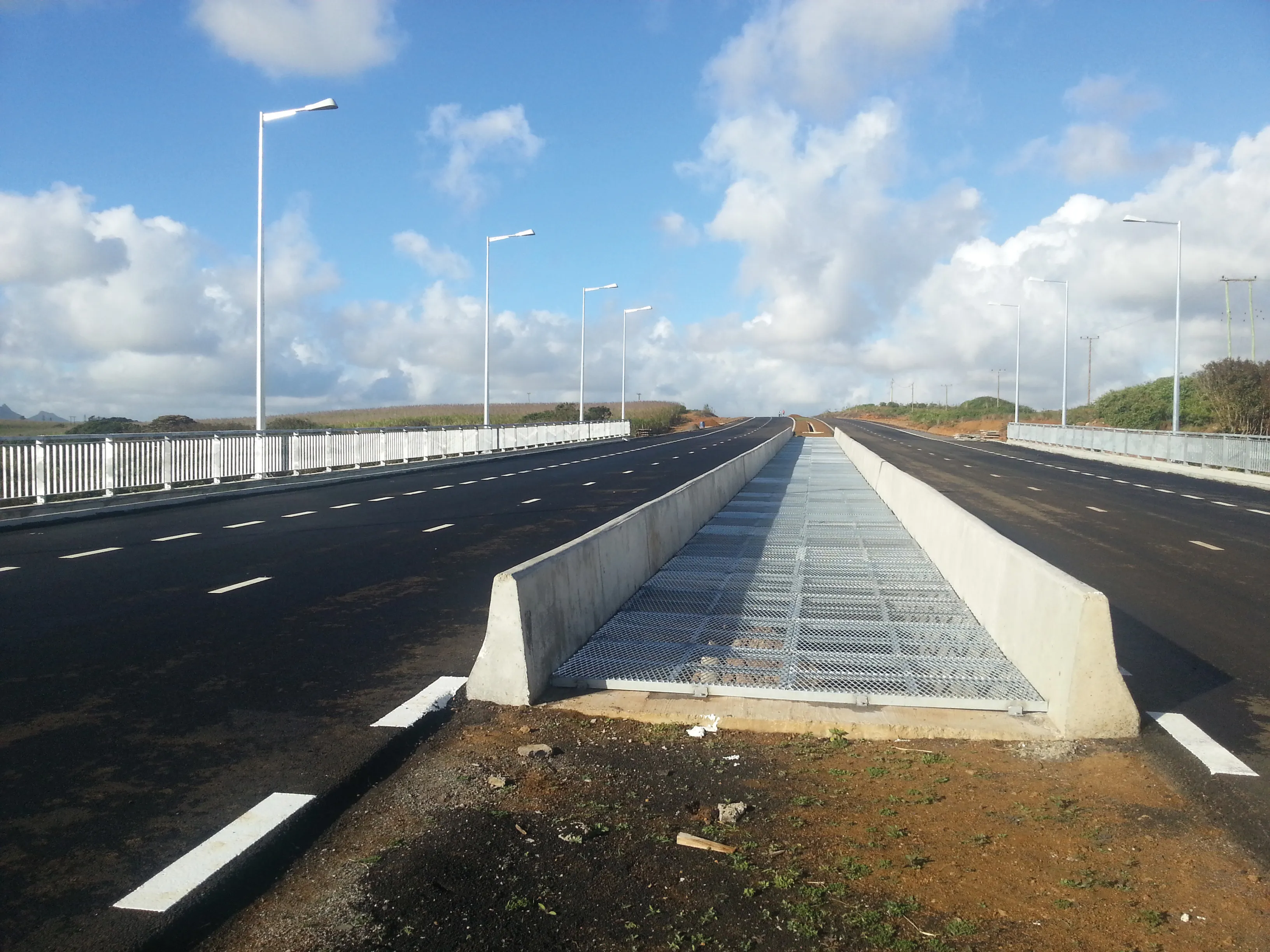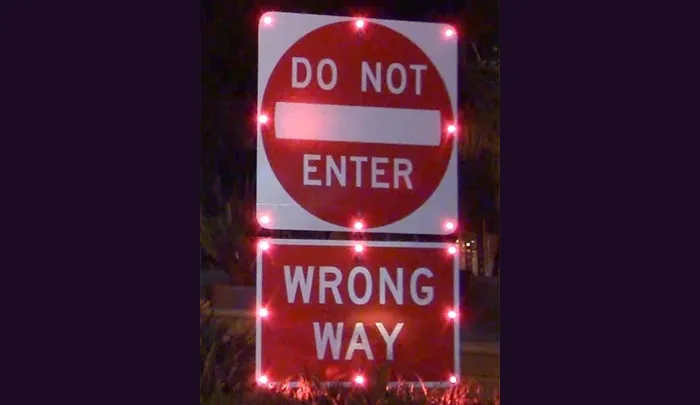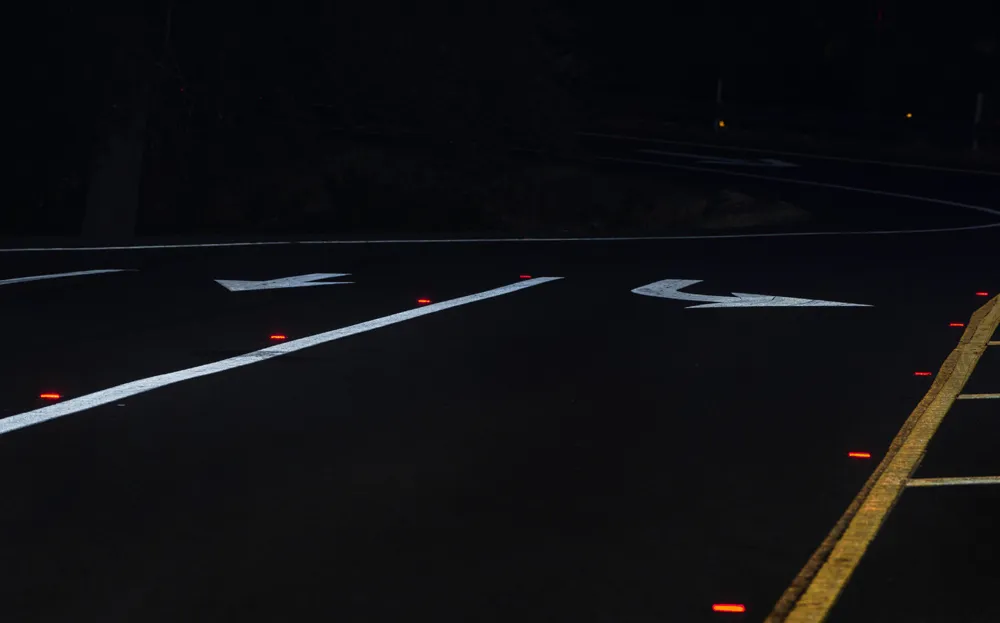The Israel National Roads Company (INRC) has developed an action plan with record levels of spending for 2012. The INRC is publishing tenders for projects this year worth a total of US$942.65 million. The INRC will publish some 36 tenders in 2012, roughly three/month. Among the list of key projects are scheduled work on Road No.1, including the Harel tunnel and Motza Bridge, as well as Roads 531, Road 4 (Morasha), Road 9, Road 31 and Road 38. Forming part of the Netivei Israel plan, a tender for the constru
April 4, 2012
Read time: 2 mins
The 2602 Israel National Roads Company (INRC) has developed an action plan with record levels of spending for 2012. The INRC is publishing tenders for projects this year worth a total of US$942.65 million. The INRC will publish some 36 tenders in 2012, roughly three/month. Among the list of key projects are scheduled work on Road No.1, including the Harel tunnel and Motza Bridge, as well as Roads 531, Road 4 (Morasha), Road 9, Road 31 and Road 38. Forming part of the Netivei Israel plan, a tender for the construction of the road segment between Kefar Yassif and Bar Lev is being published.
The INRC has also started working on updating its guidelines on interchanges geometric design. It is looking to the road industry to provide it with details on related geometric design guidelines of interchanges. These include interchange spacing, entry and exit areas, weaving areas and the design of ramps and auxiliary lanes (acceleration and deceleration lanes). The INRC is also looking for information on interchange types including system interchanges, service interchanges (grade separated junctions), and compact grade separated junctions, and warrants for interchanges and junctions.
Additional topics the INRC is looking for material on include; access to infrastructure from the interchange area, the usage of interchange delineated areas and access solutions and optimal suitability of the available right of way to the traffic needs and the interchange selection and design. It is also looking for information on incorporating public transportation components including bus stops, cyclists' infrastructure and pedestrian needs in interchange design, and sign position and information clarity for drivers.
The INRC has also started working on updating its guidelines on interchanges geometric design. It is looking to the road industry to provide it with details on related geometric design guidelines of interchanges. These include interchange spacing, entry and exit areas, weaving areas and the design of ramps and auxiliary lanes (acceleration and deceleration lanes). The INRC is also looking for information on interchange types including system interchanges, service interchanges (grade separated junctions), and compact grade separated junctions, and warrants for interchanges and junctions.
Additional topics the INRC is looking for material on include; access to infrastructure from the interchange area, the usage of interchange delineated areas and access solutions and optimal suitability of the available right of way to the traffic needs and the interchange selection and design. It is also looking for information on incorporating public transportation components including bus stops, cyclists' infrastructure and pedestrian needs in interchange design, and sign position and information clarity for drivers.









